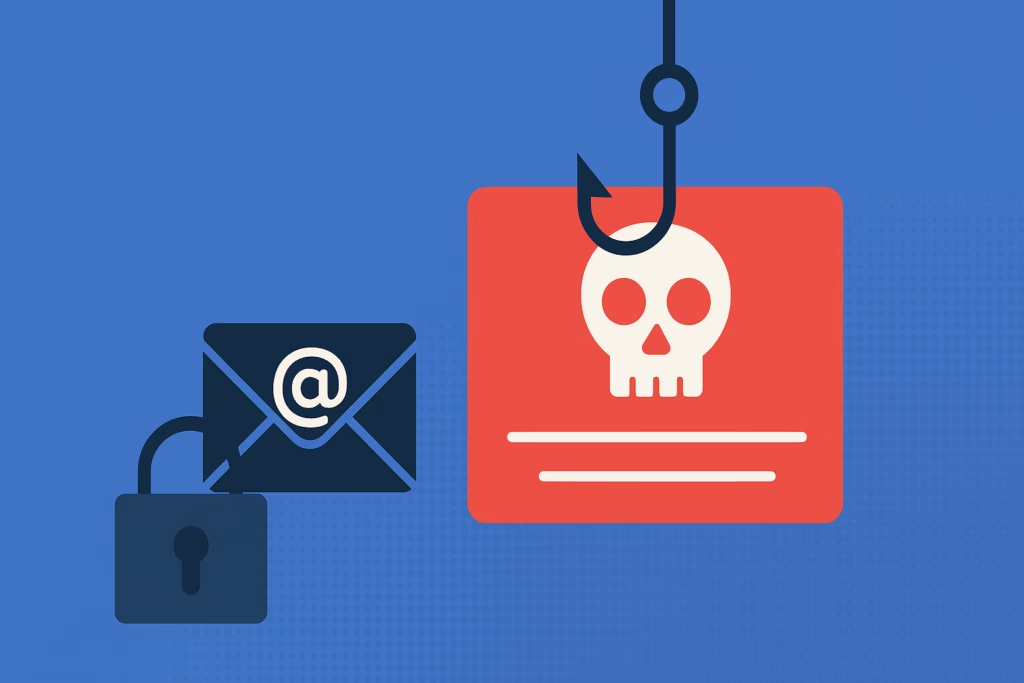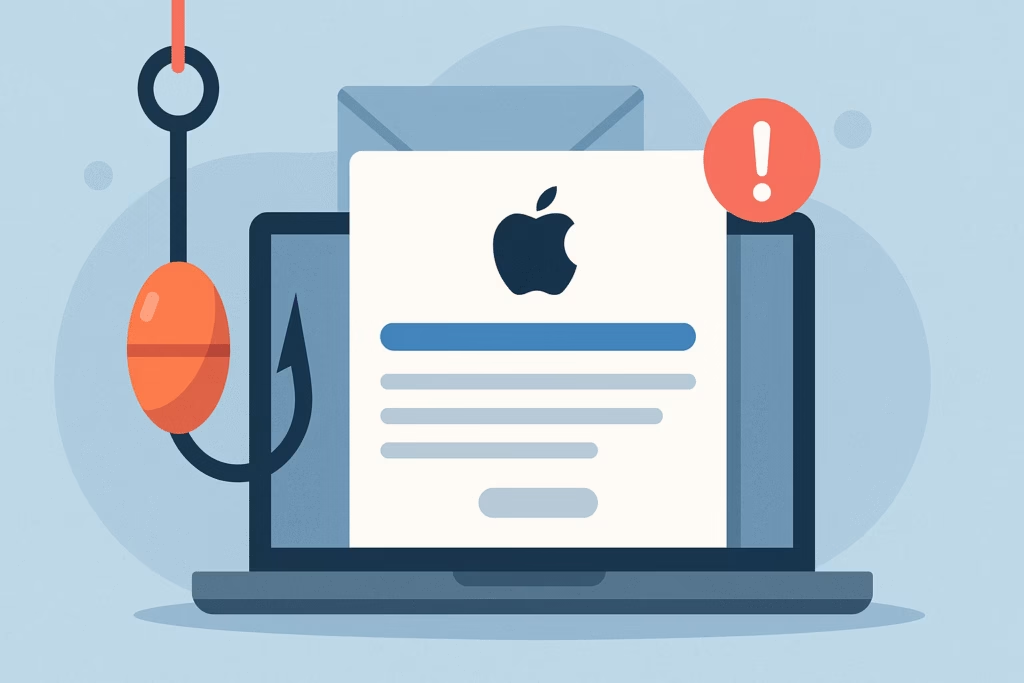
Healthcare organizations face a cybersecurity crisis that threatens both patient safety and organizational survival. With over 40 million patient records compromised in 2023 alone, healthcare phishing attacks have become the primary gateway for cybercriminals targeting sensitive medical information. These sophisticated attacks don’t just steal data—they disrupt critical patient care, violate HIPAA regulations, and can cost healthcare providers millions in penalties and remediation efforts.
The stakes couldn’t be higher. When hackers successfully penetrate healthcare systems through phishing schemes, they gain access to some of the most valuable personal information available: medical histories, Social Security numbers, insurance details, and financial data. Understanding how to identify, prevent, and respond to healthcare phishing threats isn’t just an IT concern—it’s a patient safety imperative that every healthcare professional must take seriously.
The Growing Threat of Medical Phishing Attacks
Healthcare phishing represents a specialized category of cyberattacks that specifically targets medical institutions, healthcare workers, and patients. Unlike generic phishing attempts, these attacks are carefully crafted to exploit the unique vulnerabilities within healthcare environments, including urgent patient care scenarios, complex regulatory requirements, and the interconnected nature of medical systems.
According to the Department of Health and Human Services, healthcare organizations experience phishing attempts at rates 65% higher than other industries. This increased targeting stems from several factors that make healthcare particularly attractive to cybercriminals:
- High-value data: Medical records contain comprehensive personal information that sells for 10-40 times more than credit card data on dark web markets
- Time-sensitive environments: Healthcare workers often bypass security protocols during emergencies, creating opportunities for exploitation
- Legacy systems: Many healthcare facilities operate outdated technology that lacks modern security features
- Complex networks: Interconnected medical devices and systems create multiple entry points for attackers
Common Healthcare Phishing Tactics
Medical phishing attacks have evolved beyond simple email scams to include sophisticated social engineering techniques tailored to healthcare environments. Cybercriminals often impersonate trusted entities within the medical ecosystem, making their attacks particularly difficult to detect.
Insurance and billing phishing represents one of the most prevalent attack vectors. Criminals send emails appearing to come from major insurance providers like Medicare, Blue Cross Blue Shield, or Aetna, requesting verification of patient information or immediate action on billing discrepancies. These messages create urgency by threatening coverage termination or payment delays.
Medical device and software update scams target healthcare IT departments by mimicking legitimate notifications from medical equipment manufacturers or electronic health record (EHR) vendors. These emails often contain malicious attachments disguised as critical security updates or compliance documents.
Patient communication phishing exploits the trust relationship between healthcare providers and patients. Attackers send emails appearing to come from hospitals or clinics, requesting patients to update their information through malicious links or to download infected forms.
HIPAA Phishing: Regulatory Compliance Under Attack
HIPAA phishing attacks specifically exploit healthcare organizations’ need to maintain regulatory compliance. These sophisticated schemes leverage the complexity of HIPAA requirements to trick healthcare workers into compromising security while believing they’re following proper procedures.
The financial consequences of HIPAA phishing breaches extend far beyond immediate security costs. The Department of Health and Human Services Office for Civil Rights has levied over $130 million in HIPAA violation penalties since 2020, with individual fines ranging from $1.5 million to $16 million per incident.
Regulatory Exploitation Techniques
Cybercriminals have developed several methods to weaponize HIPAA compliance requirements against healthcare organizations:
- Fake compliance audits: Attackers impersonate government auditors or compliance consultants, requesting immediate access to patient data for “emergency reviews”
- Business associate scams: Criminals pose as legitimate business associates requiring access to protected health information (PHI) for contracted services
- Breach notification fraud: Fake breach notifications create panic and prompt hasty responses that compromise additional systems
- Training and certification phishing: Malicious emails offer required HIPAA training or certification, leading targets to credential-harvesting websites
These attacks succeed because they exploit healthcare workers’ genuine desire to maintain compliance and protect patient information. The urgency and authority conveyed in these messages often override normal security instincts.
Identifying Healthcare Phishing Red Flags
Healthcare professionals can protect their organizations and patients by learning to recognize the warning signs of medical phishing attempts. Unlike obvious spam emails, healthcare phishing messages are carefully crafted to appear legitimate and relevant to daily medical operations.
Email Content Warning Signs
Several characteristics commonly appear in healthcare phishing emails that should trigger immediate suspicion:
- Urgent language: Messages claiming immediate action is required to maintain patient care, avoid penalties, or prevent system shutdowns
- Generic greetings: Emails addressing recipients as “Dear Healthcare Provider” or “Medical Professional” instead of using specific names or titles
- Suspicious attachments: Files with unusual extensions (.scr, .exe, .zip) or documents requesting macros to be enabled
- Mismatched domains: Sender addresses that don’t match the claimed organization (e.g., Medicare communications from Gmail accounts)
- Grammar and spelling errors: Professional healthcare communications rarely contain obvious linguistic mistakes
Technical Indicators
Beyond content analysis, technical examination of suspicious emails can reveal additional red flags. Healthcare IT teams should implement email security solutions that automatically scan for these indicators while training staff to recognize them manually when needed.
Domain spoofing represents a critical technical indicator where attackers create websites and email addresses that closely resemble legitimate healthcare organizations. For example, “americal-medical-association.com” instead of the legitimate “ama-assn.org” domain used by the actual American Medical Association.
Building Comprehensive Healthcare Phishing Defense
Effective protection against healthcare phishing requires a multi-layered approach that combines technology solutions, staff training, and organizational policies. No single security measure can provide complete protection, but integrated defense strategies significantly reduce vulnerability to medical phishing attacks.
Technical Security Measures
Healthcare organizations must implement robust technical controls specifically designed to combat phishing threats while maintaining operational efficiency in patient care environments.
Email security gateways with advanced threat protection should scan all incoming messages for phishing indicators, malicious attachments, and suspicious links. These systems use machine learning algorithms trained on healthcare-specific threats to identify attacks that might bypass generic security filters.
Multi-factor authentication (MFA) serves as a critical secondary defense when phishing attacks successfully capture login credentials. Even if attackers obtain usernames and passwords, MFA prevents unauthorized access to patient data and medical systems.
Domain-based Message Authentication, Reporting & Conformance (DMARC) protocols help prevent email spoofing by allowing healthcare organizations to specify which servers can send emails on their behalf. Implementing DMARC significantly reduces the success rate of impersonation attacks.
Staff Training and Awareness Programs
Human factors remain the most critical element in healthcare phishing defense. Comprehensive training programs must address the unique challenges healthcare workers face while providing practical skills for identifying and responding to threats.
Simulated phishing exercises tailored to healthcare environments help staff practice identifying threats in realistic scenarios. These simulations should include medical-themed phishing attempts that mirror actual attacks seen in the healthcare sector, not generic business phishing examples.
Regular security awareness sessions should cover emerging threats, updated attack techniques, and reinforcement of proper reporting procedures. Training must be ongoing rather than annual, as phishing tactics evolve continuously.
Incident Response for Healthcare Phishing
When healthcare phishing attacks succeed despite preventive measures, rapid and effective incident response becomes critical for minimizing damage and maintaining HIPAA compliance. Healthcare organizations need specialized response procedures that account for both cybersecurity and patient care requirements.
Immediate Response Steps
Healthcare incident response must balance security containment with continued patient care operations. The following steps provide a framework for managing healthcare phishing incidents:
- Isolate affected systems: Disconnect compromised devices from networks while maintaining critical patient care systems
- Assess data exposure: Determine what patient information may have been accessed or compromised
- Notify leadership: Alert executive leadership, legal counsel, and compliance officers immediately
- Document everything: Maintain detailed records for regulatory reporting and legal requirements
- Engage external experts: Contact cybersecurity incident response specialists familiar with healthcare requirements
HIPAA Breach Notification Requirements
Healthcare organizations must understand their obligations under HIPAA breach notification rules when phishing attacks result in potential or actual exposure of protected health information. The breach notification rule requires specific actions within defined timeframes.
Organizations have 60 days to notify affected patients following discovery of a breach involving 500 or more individuals. For smaller breaches, notifications must occur within 60 days of the end of the calendar year in which the breach was discovered. The HHS Secretary must be notified within 60 days for large breaches and annually for smaller incidents.
Advanced Protection Strategies
Leading healthcare organizations are implementing next-generation security approaches that go beyond traditional perimeter defense to create comprehensive protection against evolving phishing threats.
Zero-trust architecture assumes that no user or device should be automatically trusted, even within the healthcare network. This approach requires continuous verification of access requests and limits the potential damage from successful phishing attacks by restricting lateral movement within networks.
Behavioral analytics systems monitor user activities to identify unusual patterns that might indicate compromised accounts. These systems can detect when healthcare workers access patient records outside normal patterns or attempt to download large amounts of data following potential phishing compromises.
Professional phishing protection services like PhishDef offer specialized solutions designed for healthcare environments. These services provide continuous monitoring, threat intelligence, and rapid response capabilities specifically tailored to medical phishing threats and HIPAA compliance requirements.
Key Takeaways for Healthcare Phishing Protection
Healthcare phishing represents an existential threat to both patient privacy and organizational survival. The combination of valuable medical data, regulatory complexity, and operational urgency creates a perfect storm that cybercriminals actively exploit.
Effective protection requires understanding that healthcare phishing goes beyond simple email security to encompass comprehensive organizational defense strategies. Technical solutions must be paired with ongoing staff education, clear incident response procedures, and regular assessment of emerging threats.
HIPAA compliance adds critical dimensions to healthcare phishing defense, requiring organizations to balance security measures with patient care operations while maintaining detailed documentation for regulatory purposes.
The cost of inadequate phishing protection in healthcare extends far beyond financial penalties to include compromised patient trust, operational disruption, and potential impacts on patient safety and care quality.
Don’t wait for a successful attack to expose the vulnerabilities in your healthcare organization’s phishing defenses. PhishDef’s specialized healthcare cybersecurity solutions provide the comprehensive protection and compliance support your organization needs to safeguard patient information and maintain operational integrity. Contact our healthcare security experts today to assess your current phishing vulnerabilities and implement robust defenses tailored to your organization’s specific needs and regulatory requirements.


